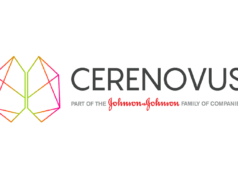
IMRIS has announced that a study published in the journal Neurosurgery by the neurosurgical team at Cleveland Clinic (USA) adds to growing clinical evidence which validates use of high-field intraoperative MRI (iMRI) as an effective tool for maximising the amount of surgical resection of gliomas (brain tumours).
Conducted using an IMRIS VISIUS Surgical Theatre, the study retrospectively reviewed use of high-field 1.5T (tesla) iMRI on the extent of resection of enhancing (high-grade) and non-enhancing (low-grade) gliomas in 104 surgical cases. This study and past studies have indicated a link between increased or more complete removal of some types of tumours and longer life expectancy and quality of life.
Use of iMRI, according to the article, was associated with improvement in the median amount of tumour removal from 94.9% before iMRI to a final of 99.6% post-surgery after iMRI. Complete resection was possible in 65% of patients when iMRI was used compared to 34% without iMRI. All resection results were considered statistically significant.
The results reinforce previously published evidence that IMRIS systems with high-field iMRI-guided surgery are more effective in achieving complete resection than conventional surgery using neuronavigation and direct visualisation alone, it says in a press release.
This published evidence from neurosurgical hospitals using iMRI show that in over 40% of all cases, the surgeon chose to modify their approach based on new information from intraoperative MR imaging that would otherwise not have been available until after completing the procedure. In over 55% of glioma tumour cases, additional brain tumour was identified and resected after imaging. In addition, these centres report significant improvements—about 30 percentage points—in the portion of cases achieving total or complete tumour resection with intraoperative MR compared to cases without it.













